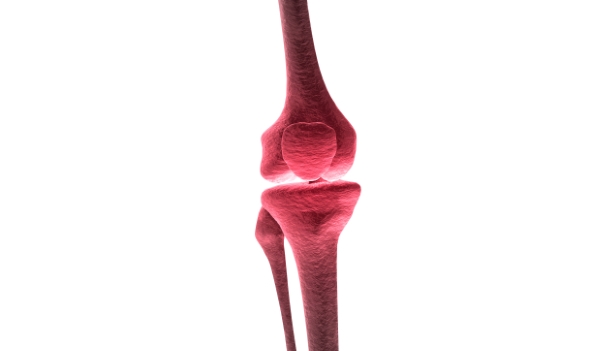Sesamoid Bones

The sesamoid bones are located in the hand, knee and foot and play a role with tendons to allow for movement.
Why they are named Sesamoid.
The Sesamoid bones are so named because they resemble a sesame seed. They are bones that are embedded within a tendon, and are typically found in locations where a tendon passes over a joint.
Where are they found.
Sesamoid bones can be found in the hand, knee, and foot, and their unique structure works to protect the tendon, and to increase its mechanical effect.
How they function.
The presence of a bone embedded in the tendon serves to hold the tendon slightly further away from the centre of the joint this increases its movement, and stops the tendon from flattening into the joint as tension increases.
Rather like a cable machine in the gym, this structure allows for consistent movement as the load on the tendon varies.
Examples of this include:
- The knee - The patella
- The hand - Four sesamoid bones can be found in the hand
- The foot - There are two of these unique bones where the first metatarsal bone connects to the big toe. These serve to protect the tendon as it flexes, and also help to keep the toe aligned.
As with all bones, these are lving organisms that respond to fluctuations in our diet and health.




